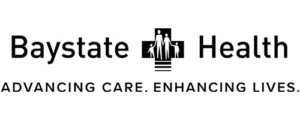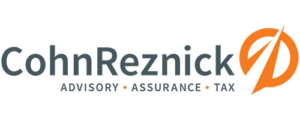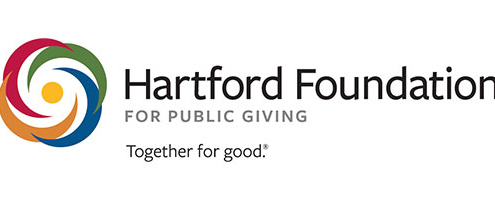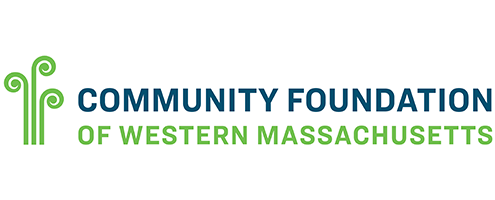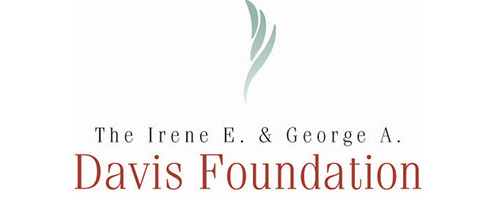Ability
In this bulletin, we will be discussing the topic of Ableism. You’ll be able to find sections including definitions involving ableism, history, videos, articles/handouts, statistics, and questions to ponder.
When discussing ableism it is important to not label people either able or disable. Because someone can become disabled or overcome disabilities (physical or mental) in their lifetime we use the terms temporarily able and temporarily disable. In the same breath, it is also important to refer to people with disabilities as people with disabilities not disabled people because the person comes before the disability.
DEFINITIONS
Ableism: Ableism is the intentional or unintentional discrimination or oppression of individuals with disabilities.
Disability: Having a physical or mental impairment that substantially limits one or more major life activities. This is includes people who have a record of such an impairment, even if they do not currently have a disability. It also includes individuals who do not have a disability but are regarded as having a disability.
Inclusion: Inclusion, comparatively, means that all products, services, and societal opportunities and resources are fully accessible, welcoming, functional and usable for as many different types of abilities as reasonably possible.
Accessibility: The quality of being possible to get into, use, make use of.
Equity: The quality of being fair, impartial, even, just.
The Americans with Disabilities Act of 1990: states that someone is disabled if he or she “a) has a physical or mental impairment that substantially limits one or more major life activities; b) has a record of such an impairment; or c) is regarded as having such an impairment.”
The ADA’s broad, three-pronged definition of disability focuses on functional ability rather than specific medical diagnosis to extend its legal protections to the full range of persons with disabilities. A person with a disability is defined as someone who experiences a physical or mental condition that limits the ability to perform a major life activity, such as walking, breathing, seeing, hearing, thinking, or working. The second prong of the ADA definition goes further in defining people who might be discriminated against on the basis of disability by saying that people who have a record or history of a disability are also protected from discrimination under this law. In addition, the third prong protects people who have no disability at all but who are perceived to have a disability. The second and third prongs of the ADA definitions were established in recognition that disability discrimination is a phenomenon unto itself and that disability discrimination results from misconceptions and prejudice that are partly or wholly unrelated to the reality of disability itself.
TYPES OF DISABILITIES AND EXAMPLES
- Mobility: Spinal Cord Injuries, Disease, Paralysis, Amputation
- Psychiatric: Depression, Bipolar Disorder, Schizophrenia, Post Traumatic Stress
- Auditory: Deaf, Hearing Impaired
- Cognitive/Developmental/Intellectual: Autism Spectrum, Learning Disabilities
- Speech: Speech Impediment, Vocal Paralysis
- Environmental: Allergies, Chemical Sensitivities
- Medical: Cancer, AIDS, Epilepsy, Asthma, Diabetes, Myalgic encephalomyelitis/chronic fatigue syndrome (ME/CFS), Cystic Fibrosis, Severe Arthritis
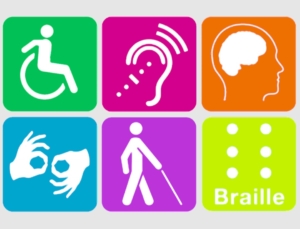 < Back to Resources Page
< Back to Resources Page









